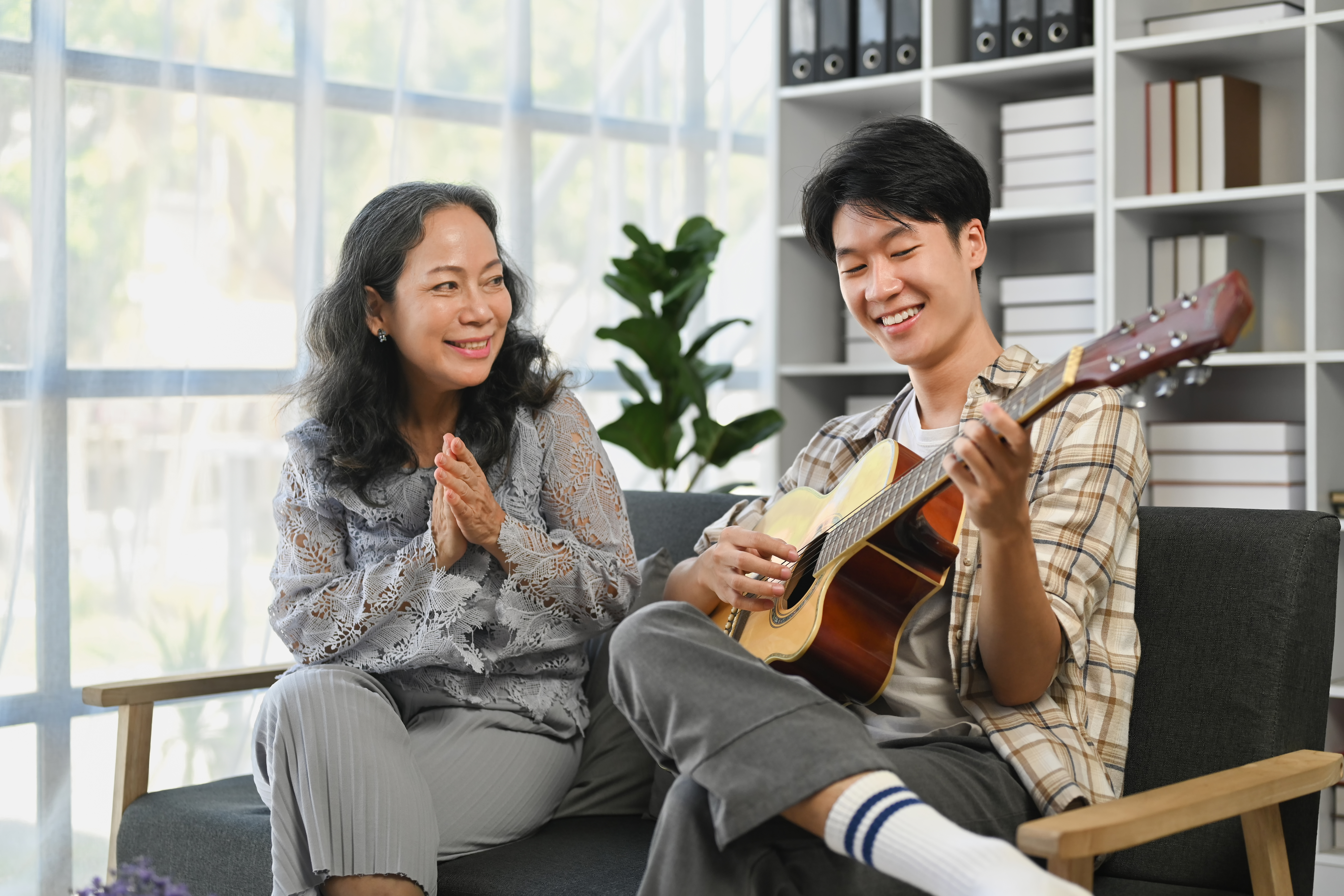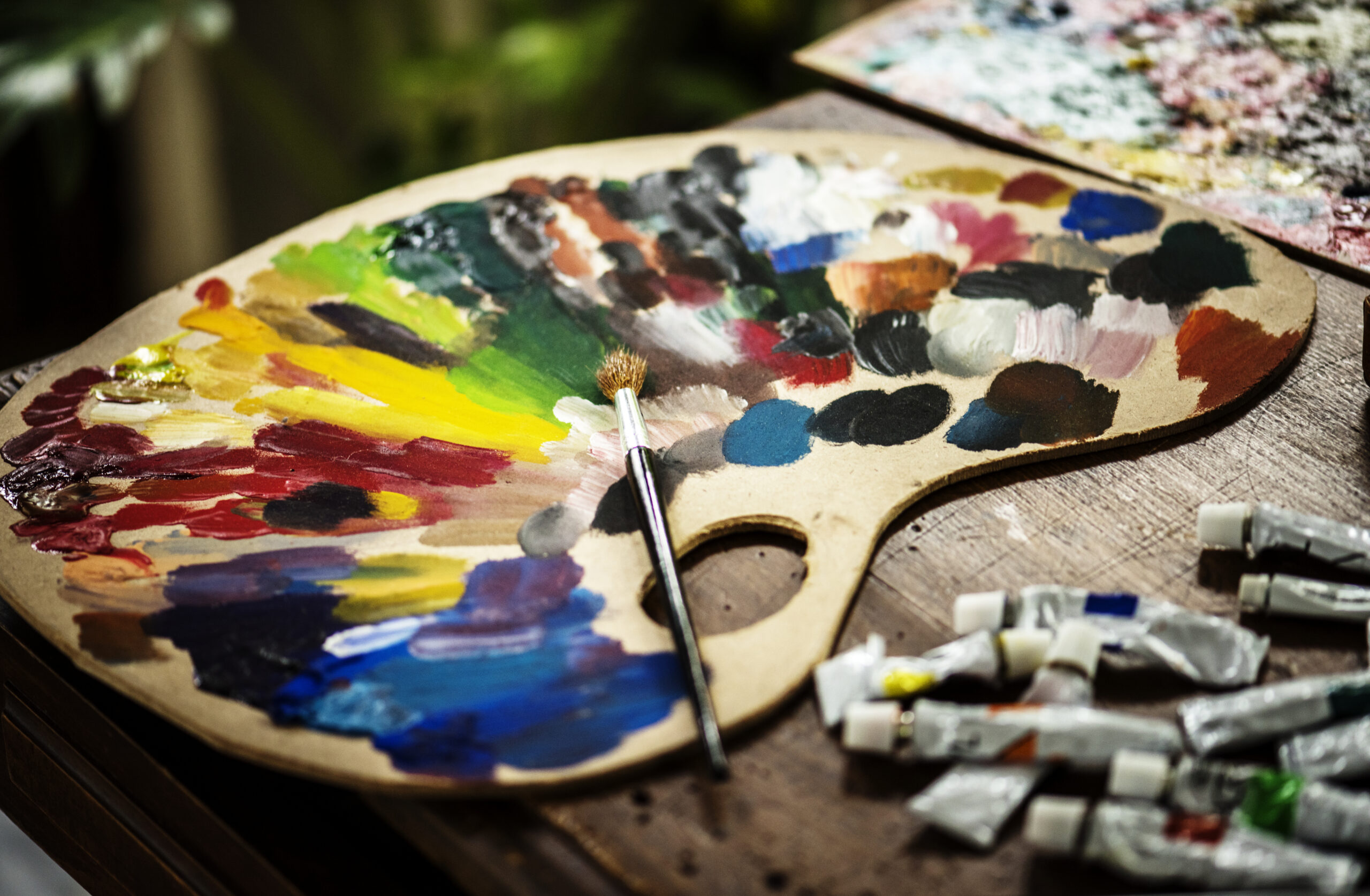Examining the impact of competition on creative culture
Artistic expression has long been associated with a deep sense of individuality and uniqueness. The field of art, vast and boundless, encompasses a kaleidoscope of creative expressions that defy limitations and continually redefine the boundaries of human imagination.
However, the dynamics of artistic rivalry, the interplay of competition among artists, is a topic requiring careful exploration. While healthy competition can drive innovation and excellence, the line between constructive competition and toxic rivalry is often thin.

This article explores the nuanced dynamics of artistic rivalry, exploring its potential impacts on the art culture, the consequences of toxicity, and strategies to foster a positive and collaborative artistic community.
Thriving in the creative arena
Healthy competition among artists has historically been a driving force behind artistic progress. The desire to outshine peers can spur creativity, pushing artists to experiment with new techniques, themes, and styles.
In a supportive environment, competition can lead to a vibrant exchange of ideas, ultimately benefiting the entire artistic community.
Studies such as Competition in Artistic Fields: Evidence from Prices in Auctions of Contemporary Art by Baia Curioni and Paolo M Tedeschi (published in the journal Research in Economics in 2017) suggest that a competitive art market can enhance the quality of artworks.
The study found that higher levels of competition were positively correlated with increased artistic innovation, as reflected in the prices achieved in contemporary art auctions.
However, when healthy competition evolves into toxic rivalry, the consequences can be detrimental to both individual artists and the art culture as a whole.
Toxic rivalry may manifest as aggressive criticism, undermining collaborations, and fostering an environment where artists are more focused on outdoing each other than on creating meaningful work.
Research, such as the study titled The Dark Side of Creativity: Original Thinkers Can be More Dishonest by Francesca Gino and Dan Ariely (published in the Journal of Personality and Social Psychology in 2011), suggests that intense competition can lead individuals to engage in unethical behaviour.
In the context of art, this might translate into plagiarism, idea theft, or the spread of malicious rumours, all of which can stifle creativity and damage the overall art culture.
Nurturing harmony in art
Journeying towards cultivating a thriving and uplifting art community, it’s crucial to tackle and alleviate toxic rivalry among artists. Embracing a range of strategies becomes essential in nurturing an atmosphere that breathes life into a more wholesome artistic landscape.
Fostering collaboration stands out as a fundamental approach to cultivating a positive artistic environment. By encouraging collaborative projects that bring artists together, as opposed to pitting them against each other, a sense of community and shared purpose can be forged.
This collaborative spirit not only nurtures creativity but also acts as a powerful deterrent to the emergence of toxic rivalries. Another key strategy involves promoting constructive criticism.

Establishing an atmosphere where feedback is constructive and focused on improvement is crucial. This approach becomes a catalyst for artistic growth, creating a culture where valuable input and critique contribute to continuous improvement and mutual support.
Celebrating diversity emerges as a fundamental factor in mitigating toxic rivalries within the artistic community. Embracing the multitude of artistic expressions and acknowledging the unique perspective each artist brings help dispel rigid comparisons that could otherwise fuel unhealthy competition.
By valuing individuality and diverse approaches to art, the community can flourish on a foundation of mutual appreciation rather than rivalry.
An overarching strategy involves educating and raising awareness within the artistic community. Creating awareness about the potential consequences of toxic rivalry can be effectively achieved through workshops, seminars, and discussions. These platforms serve as opportunities for artists to engage in meaningful conversations, fostering a more informed and responsible artistic culture. Collaboration takes on heightened importance, particularly within the context of a small art community in a country. In a more confined creative landscape, collaboration becomes a catalyst for growth and innovation.
Artists pooling their talents and perspectives can collectively amplify their impact, transcending individual limitations and pushing the boundaries of artistic expression. The interconnectedness fostered by collaboration not only enriches the artistic landscape but also nurtures a sense of unity and shared purpose among artists.
In a smaller community, collaboration becomes a powerful tool for overcoming resource constraints, enabling artists to collectively tackle challenges, share knowledge, and create a more resilient and vibrant artistic ecosystem.
Ultimately, in such settings, collaboration serves as a cornerstone for building a thriving and interconnected artistic community that flourishes on mutual support and collective achievement. It’s only natural for artists to aspire to shape a unique identity within the vast landscape of creativity, driven by an inherent passion and unwavering dedication to their craft. Amid this journey of self-expression and acknowledgment, it becomes crucial for artists to grasp the importance of cultivating a network of contacts. Beyond merely enhancing exposure for their work, forging connections serves as a gateway to collaborative ventures and a rich array of perspectives.
This network-building endeavour emerges as a dynamic conduit, allowing artists to present their creations to a wider audience and fostering a symbiotic relationship where exposure and artistic growth coalesce harmoniously. Rivalry in art is a double-edged sword, capable of propelling artistic innovation or hindering creative expression. While competition can be a driving force for improvement, fostering a collaborative and supportive environment is crucial to preventing the emergence of toxic rivalry.
By understanding the potential repercussions and implementing strategies to mitigate negativity, the art community can create a culture that thrives on healthy competition, ultimately benefiting artists and art enthusiasts alike. – Izah Azahari







